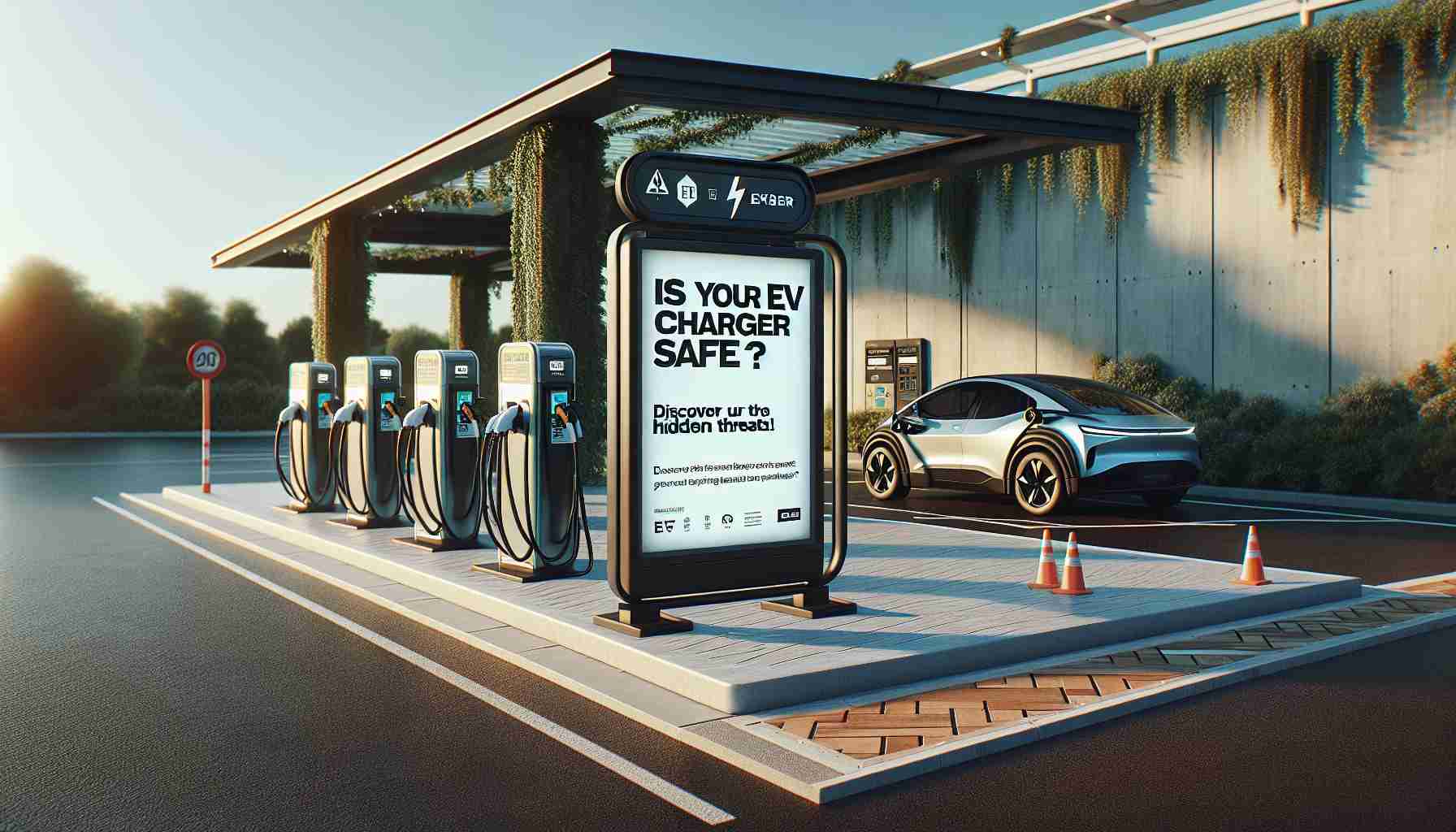Why EV Charger Security Is Vital in Our Electrifying Future
As electric vehicles (EVs) become a common sight on our roads, the supporting infrastructure, particularly EV chargers, is experiencing a surge in growth—up 33% just within the last year. However, with this rapid expansion comes significant security concerns that must be addressed.
Understanding EV Charger Vulnerabilities
EV chargers are more than simple power outlets; they are advanced devices that interact with vehicles, payment systems, and management networks. As these systems become interconnected, potential cyber-attacks could pose serious risks, such as data breaches of sensitive information like payment details and vehicle identification numbers.
The Risks at Play
A compromised charger can lead to various threats, including energy theft and unauthorized control over a vehicle’s operations. Additionally, an unprotected charging network can threaten the stability of our entire electrical grid. As trust in charging technology diminishes due to security breaches, consumer adoption of EVs may wane.
Security Measures for EV Chargers
Essential security practices include using tamperproof designs, implementing secure firmware updates, and ensuring robust authentication protocols. As we look ahead, advancements like AI-driven security and stricter regulations will be crucial to fortifying charger safety.
In conclusion, ensuring the security of EV chargers is paramount for fostering a safe and reliable electric future. Right now, it’s crucial for manufacturers and operators to prioritize this aspect to protect both users and the industry’s growth.
Securing the Future: Why EV Charger Security Is Essential for Electric Vehicle Adoption
As electric vehicles (EVs) gain popularity, the demand for EV chargers is skyrocketing, with installations increasing by 33% in just the past year. However, this rapid growth also brings with it significant security challenges that need immediate attention.
Understanding EV Charger Vulnerabilities
EV chargers represent complex hardware and software systems that interface with vehicles, payment platforms, and management networks. This interconnectedness opens the door to potential cyber-attacks, which could result in serious threats, including data breaches that expose sensitive user information such as payment details and vehicle identification numbers.
The Risks at Play
When an EV charger is compromised, the risks extend beyond individual users. These risks can encompass energy theft, unauthorized vehicle control, and disruption of service, potentially impacting the stability of the entire electrical grid. Moreover, if consumers lose trust due to vulnerabilities in charging technology, the momentum of EV adoption could slow considerably.
Security Measures for EV Chargers
To mitigate these risks, several security measures are essential. Tamperproof designs can help deter physical attacks, while secure firmware updates are critical to protecting against software vulnerabilities. Furthermore, robust authentication protocols are necessary to prevent unauthorized access to charging infrastructure.
Advanced Solutions and Innovations
Looking toward the future, the integration of AI-driven security measures will play a pivotal role in enhancing charger safety. Innovations such as real-time threat monitoring, predictive analytics to identify potential vulnerabilities, and blockchain technology for secure transactions are gaining traction in the industry.
Regulatory Frameworks and Standards
In addition to technological advancements, stricter regulations and standards specific to EV charger security are imperative. Such measures will not only enhance safety but also promote a unified approach to security in the EV charging ecosystem, making it more resilient against attacks.
Market Insights and Trends
As EV adoption grows, the infrastructure supporting them, particularly chargers, is evolving rapidly. Analysts predict that the global EV charging market will reach significant milestones in the coming years, with an increasing focus on security solutions as a critical factor for consumer acceptance and market growth.
Use Cases and Compatibility
Electric vehicle manufacturers and charging industry stakeholders must work collaboratively to ensure compatibility across various charging stations and vehicles. This promotes a seamless user experience while reinforcing security through standardized protocols.
Pricing and Investment
Investing in secure EV charging solutions may require upfront costs, but the long-term benefits—such as increased consumer trust and reduced potential losses from cyber incidents—will outweigh these expenses. With governments and private sectors investing heavily in EV infrastructure, securing these chargers should be seen as a strategic priority.
In conclusion, the security of EV chargers is not just a technical requirement but a crucial component of fostering a safe and reliable environment for electric vehicle adoption. As the industry advances, it is essential for manufacturers, operators, and regulators to prioritize security measures that protect both users and the growth of the electric vehicle market.
For further insights into electric vehicle technology and infrastructure, visit energy.gov.
